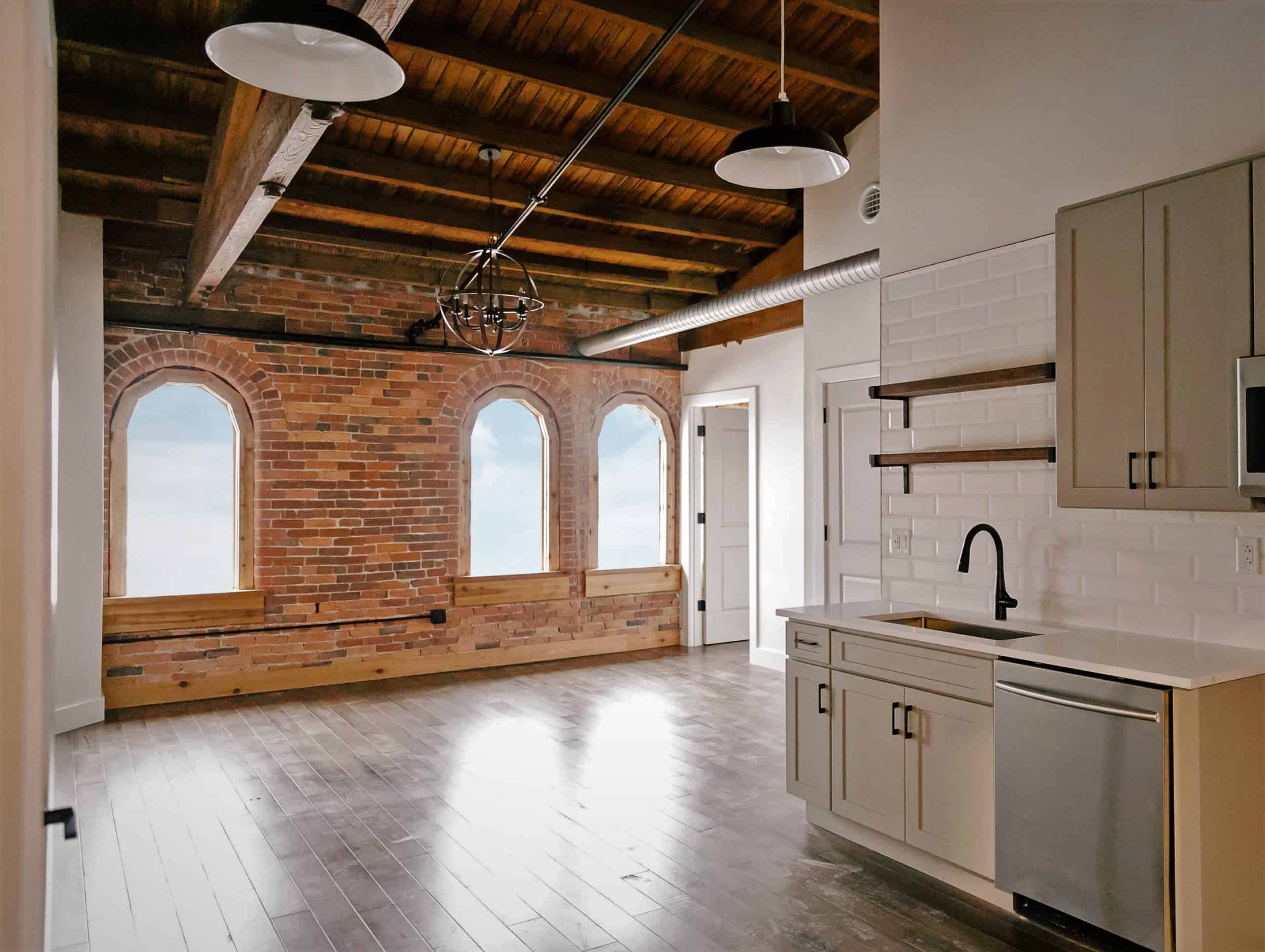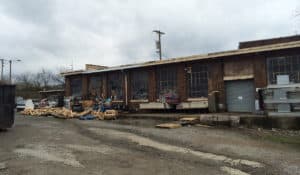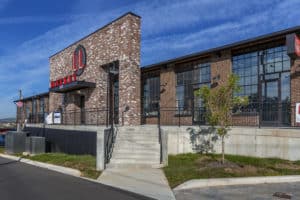
Building on a City’s Past for Its Future: The Importance of Repurposing Historic Buildings
As cities continue to improve their infrastructure to keep up with modern progress, there’s an unfortunate possibility that we will lose pieces of history that bring color to a city. That’s why many developers are making an effort to restore and repurpose historical buildings – to preserve them and give them new life, rather than tearing them down and building something fresh.
This is what we at Dowdle Construction Group have been doing throughout our home town, Nashville, Tennessee. Older buildings are a personal passion of mine. I love the way vintage wooden floors creak when you walk on them and how you can tell what era a building is from just by looking at it.
Of course, renovating antique buildings comes with its challenges, such as:
- Bringing them up to today’s codes – Standards and building requirements change frequently, so what was up to code even 15 years ago could be too lax to meet today’s specifications.
- Dealing with major structural issues and damage reparation – Older buildings can show their age, especially if they’ve been abandoned and left in disrepair. Sometimes they need a whole lot of TLC to be made habitable again.
- Managing client expectations – Often with projects like this, clients want to salvage as much of the original structure as possible. But you have to strike a healthy balance between saving what you can and redoing what you can’t save, which can be somewhat difficult to maneuver.
On a few occasions, we’ve been the only firm in town willing to take on an adaptive reuse project because of these challenges. However, it’s worth it to ultimately create a unique place with a story behind it.
The benefits of repurposing an older building include:
Preserving history

A “before” look at adaptive reuse project L&L Market
I love reading about history and the cultures of days past – it’s nostalgic for me. I’d go out on a limb and say I’m not the only one who feels that way.
If you tear an old building down, it becomes harder to understand and narrate the history of it. Architecture from a long-gone era – the materials used and its overall design – has the ability to demonstrate how we lived and interacted during that time.
For example, we renovated an old fire hall that was originally built in the early 1900s. At that time, fire trucks were still horse-drawn carriages. From the part of the building that still exists, you can see the size of the original doors, which were made for the size of the carriages. They aren’t big enough for today’s trucks. In fact, we added a new parking area for the trucks, and it’s the size of the original fire hall!
It’s details like this that really give you an appreciation for how things used to be, and it would be a shame to lose that educational aspect by tearing down the beautiful, historic structures that give our communities so much identity.
Adding charm and character

An “after” shot of L&L Market
While a new building can be a sleek and stylish addition to the neighborhood, there’s also something special about the character of an older, worn-in building. The nuances and architectural finishes of yesteryear are no longer commonplace, and those touches bring an individuality to the design that is hard to duplicate.
Of course, there are buildings that just aren’t salvageable — but if you can repurpose a structure, why wouldn’t you? After all, a mix of older and newer buildings can give a neighborhood an eclectic and inviting atmosphere.
That was the vibe we recently achieved with the renovation of a four-story, 28,800-square-foot, Civil-War-era tobacco warehouse. We transformed it into condominiums with an added, complementary building that included 12 more residences and a parking lot. The original building dates back to 1865 and features arching windows and a red brick façade that were staples in that time period. The most popular units were the ones with exposed brick on the interior, even including graffiti that remained from when the building sat unused.
While the building isn’t on the historic register, it is steeped in local history, and residents are enchanted by it. You’d be hard-pressed to recreate this effect when starting a new building from the ground up.
Reviving a community
Whether they’ve sat unoccupied for years or are just changing hands, historic structures are often pillars of the communities in which they stand.
We adapted an old warehouse into a 55,000-square-foot retail marketplace, for example, because the owner knew how much the structure meant to the surrounding community. The 1920s-era former-hosiery-mill-turned-restaurant equipment store had been a part of the community for as long as many could remember.
The owner had a vision to give new life to the building, and when he approached us, he had just turned down a multi-million dollar bid from a developer who planned to simply tear the place down. Instead, he insisted on restoring it, so that’s what we did.
Now, not only is the old structure still standing, it is completely refurbished and serves as a popular place to dine, shop and gather that residents never would have had if the owner sold it for demolition. And the neighborhood continues to build up around it.
Potential cost savings
On a more practical note, some older buildings are actually very well built. If you can figure out a way to keep the bones of the building, but meet the current requirements and add some modern day components, it occasionally works out to be less expensive than demolishing and starting from the ground up. After all, commercial building demolition can start at $30,000 but be much more expensive for larger structures.
In addition, some cities will give you leeway on the code requirements for older buildings. If you start fresh, there are no exceptions, and you’re locked into the cost necessary to meet all the requirements.
This isn’t always the case – there are plenty of unforeseen things that can go wrong in the process of restoring an old building, especially one that was previously abandoned. However, there is certainly the possibility of saving some time and money on the project.
As you can see, there are practical reasons for repurposing older buildings, but there are also sentimental and educational ones. An adaptive reuse project can be really rewarding because you’re not only preserving a story and a piece of history, but also you’re giving a dilapidated, forgotten structure a whole new life and purpose. So I say if the bones are good, give the place a chance.
This article was originally published in Commercial Construction & Renovation on Nov. 9, 2020. Read it here.

